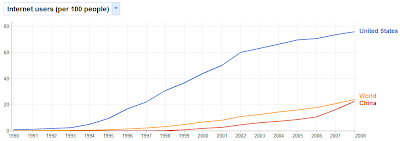The more technology is incorporated into education, the more important and visible the digital divide becomes. “The digital divide refers to the gap between people with effective access to digital and information technology and those with very limited or no access at all. It includes the imbalance both in physical access to technology and the resources and skills needed to effectively participate as a digital citizen” (Wikipedia). In education, the digital divide is prominent. Across the world, the difference in technology can be examined by the technology gap between the rich and the poor schools. Districts with low socioeconomic statuses tend to have a smaller amount and older technology than wealthier schools. Since technology is constantly changing, it is difficult for poor schools to continue to update the technology they do have, if any. Not only is technology not accessible in different parts of the world, if technology was available, students wouldn’t have the skills to use it. If everyone in the world was able to have access to the Internet, would it improve education? Although the United States is one of the top countries for the amount of Internet users, countries with large populations such as China are barely one fourth the amount of the United States (World Development Indicators). Why do other countries not have access to the Internet, or is there access but they don’t know how to use it? This blog will closely look at the issue of accessibility, attempt to answer the questions raised, and provide a solution to the gap in the digital divide.

Click to enlarge
For more information visit the following links:
Digital Divide - Wikipedia's take on the accessibility of technology
Digital Divide Institute - Digital Divide "Defined"
